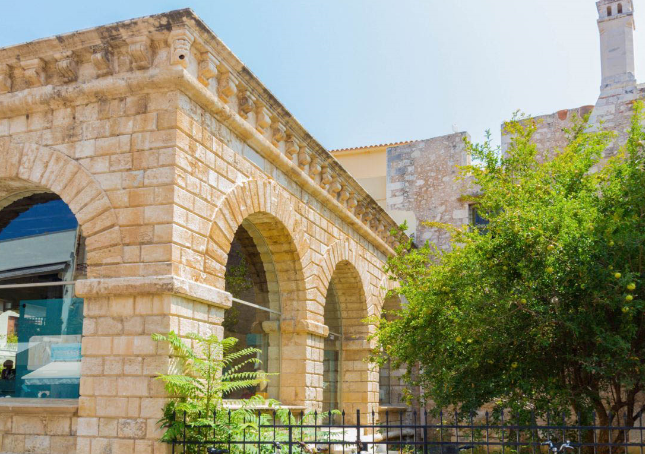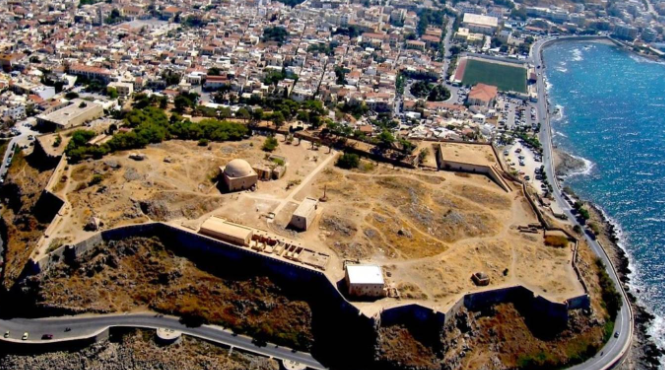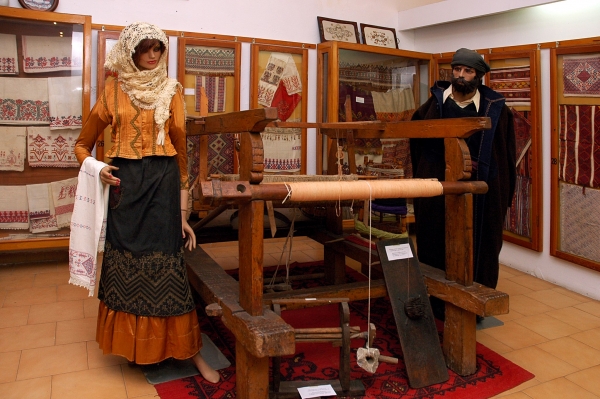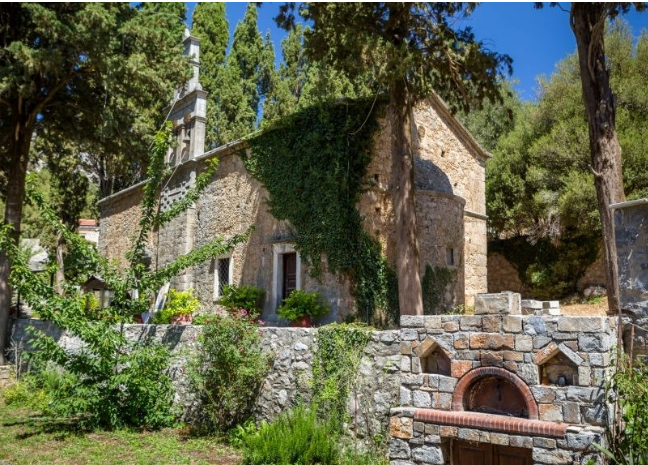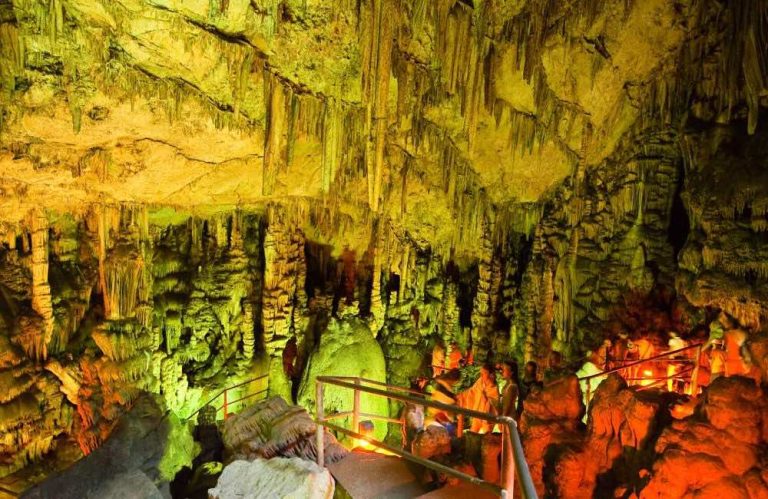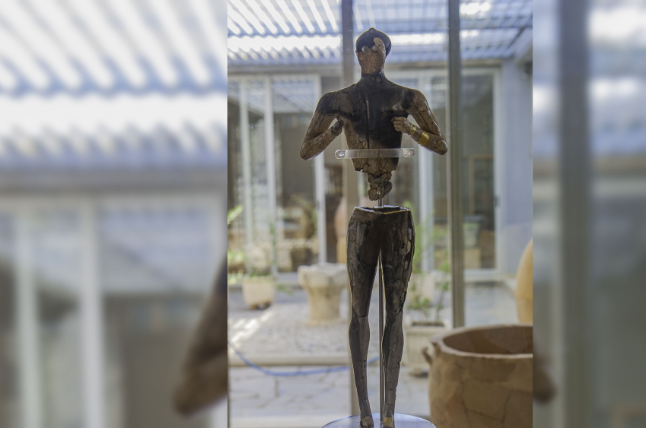Favourite
The Loggia of Rethymno is a 16th-century Venetian structure located in the heart of Rethymno’s Old Town. It’s a lovely square structure with three visible walls and three equal semicircular arches on each. The ground-level entry is provided by the central arch. There is no aperture on the southern side of this exquisite construction. The Loggia of Rethymno was formerly Read more…
Favourite
Fortezza, a Venetian fortress, is located on a low hill above Rethymno Town, Crete. Paleokastro is the name of the hill, which means “old castle” in Greek and implies the presence of an ancient construction in the area. The Venetian maritime authority erected this massive castle as a bulwark against Turkish pirates between 1540 and 1570, and it has a Read more…
Favourite
The Agios Nikolaos Folklore Museum was established in 1978 in partnership with the Cultural Society of Eastern Crete. It is located on the ground level of the Port Authority building. Although this museum is modest, it has a wealth of intriguing artifacts that represent life on Crete throughout its recent history. There are several kitchenware and pieces of furniture from Read more…
Favourite
Monk Methodius created Vidiani Monastery in the mid-nineteenth century. The Monastery was set on fire by the Ottomans during the revolution of 1866, but it was quickly restored. Dorotheus, the abbot, was killed by the Germans for his resistance efforts during the German occupation. Vidiani, like most monasteries in Crete, played a significant part in the independence movement, sheltering and Read more…
Favourite
The Dikteon Cave (also known as the Dikteon Andron or Dictaean Cave) is one of the most notable and well-known of Crete’s 3,000 caverns and Greece’s 8,500 caves. According to tradition, Zeus was born in the spectacular Dikteon Cave, which is rich in stalagmites and stalactites. As evidenced by the numerous tributes found there, the Dikteon Cave was already famous Read more…
Favourite
The Sitia Archaeological Museum is one of Crete’s most notable museums, housing artifacts from the Sitia district and the larger prefecture of Lassithi. The museum’s collection is split into four divisions, with exhibits dating from 3,500 BC to 500 AD. There are exhibits from the Minoan period, the Palace of Zakros, the Geometrical and Archaic periods, as well as the Read more…
